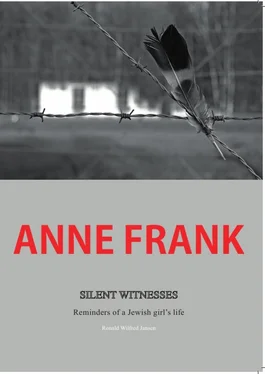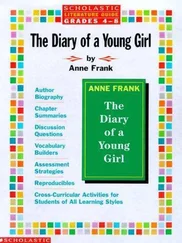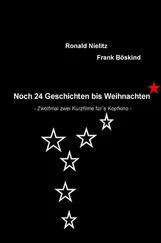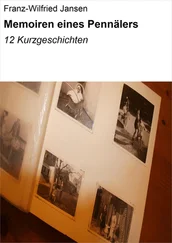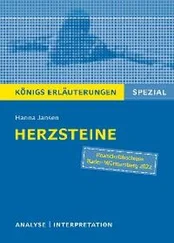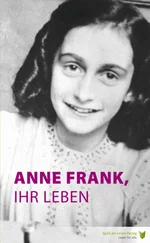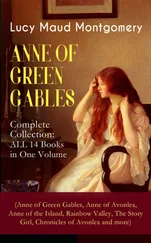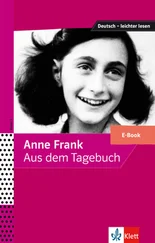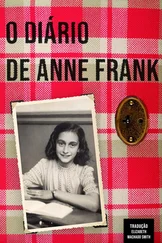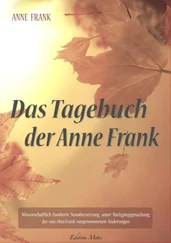On 31 July 1932, fourteen million German citizens voted for Hitler, which made his national-socialist party, the Nationalsozialistische Deutsche Arbeiterpartei (NSDAP), the largest party in the new Reichstag parliament. 37On 30 January 1933, Hindenburg appointed Hitler as the Reichskanzler (national chancellor), heralding the end of the Weimar Republic (1918-1933).
Otto about Hitler: ‘We [Otto and Edith] were sitting around the table listening to the radio. Then came the news that Hitler had become Chancellor. This was followed by a report of the SA torch lit procession in Berlin and we could hear the screaming and cheering. Hitler ended his speech with the words, “Just give me four years.” Our host then said enthusiastically: “Let’s see what that man can do!” I was speechless, my wife stunned.’ 38On 13 March 1933, the Nazis celebrated their victory in the city hall (Römer) at Römerberg. Swastika flags waved on the porch. Following the takeover by the Nazis, the Jewish mayor, Ludwig Landmann (1868-1945), fled to Berlin and the Nazis instated their own front man. In Anne’s times, Römerberg was the city’s central square, with medieval buildings and a city hall. Hitler eliminated his opponents and outlawed the Jews.
Soon after the takeover, the SA ( Sturmabteilung , the paramilitary wing of the Nazi party) barricaded the entrances of Jewish businesses. Otto’s (Jewish) family bank was greatly affected by the national- socialist rule and, before long, Otto was unable to afford the rent of 24 Ganghoferstrasse. 39He and his family temporarily moved in with his mother, Alice, on Mertonstrasse. 40The urban villa was in the Westend 3 area, close to the synagogue. This was the house in which Otto grew up, and he lived there with his family from late March 1933 to July 1933.
Friedrich Krebs (1894-1961), Frankfurt’s new mayor, 41coordinated the dismantling of Jewish shops and the removal of all Jewish doctors, lawyers, and any other Jewish entrepreneurs, from their posts. The leading Jewish-owned department store Tietz, 42founded by Hermann Tietz (1837-1907), had branches in all major European cities but, by Nazi order, the Dresdner Bank appointed Georg Karg (1888-1972) as the new director of the enterprise, replacing the Jewish-owned Tietz by Hertie-Warenhausunternehmen. Jews were banned from these ‘Aryanised’ businesses.
On 1 April 1933, Nazi students and the SA occupied the University of Frankfurt. With the help of these students, Jewish professors and students were expelled from university.
The University of Frankfurt (Goethe-Universität, Senckenberganlage 31) 43had been founded in 1914. Its campus was located near to Alice’s home on Mertonstrasse. ‘Shortly after Hitler seized power, the national-socialists expelled from the universities all Jewish and any opposing scientists and students. The University of Frankfurt was particularly adversely affected by these enforcements: teaching permissions of 100 Jewish scientists were withdrawn in the spring of 1933; one-third of all professors were forced to step down; another 16 teachers voluntarily left their posts out of political conviction; many students were expelled from the university and forced to give up their studies. Frankfurt’s internationally renowned, liberal university was turned into a ‘well-aligned’ educational institution.’ 44The Nazis were very influential in the construction industry; project managers and contractors were eager to accept Nazi projects. In 1930, IG Farben (Interessen Gemeinschaft Farbenindustrie Aktiengesellschaft) moved into a monumental building at 1 Grüneburgplatz, built in the style of the New Objectivity.
IG Farben was a large chemical concern that produced Zyklon B, which would be used by the Nazis to kill millions of Jews in Eastern European extermination camps ten years later.
The Nazis implemented restrictions that isolated Jews from society. The school board refuse to enrol Anne in pre-school because she was Jewish. Margot attended the Varrentrapp school, where she had to sit apart from her non-Jewish classmates; she was seven at the time. Many Jews left Frankfurt am Main after the Nazis had assumed power. The sculptor Benno Elkan (1877-1960), for example, emigrated from Frankfurt am Main to London. 45After the war, Otto refers to this period in a letter: ‘When many of my fellow Germans changed into multitudes of nationalist, cruel, anti-Semitic criminals, I had to draw the obvious conclusion and, although I was very much aggrieved by it, I realised that Germany was not the only place in the world and left my country for good.’ 46The family banking business continued to decline, and Otto wanted to prevent his property from falling into the hands of the Nazis. He also wanted to protect his wife and children from Hitler’s violence.
Otto aimed for Amsterdam because he had some important contacts there. In 1933, Otto’s brother-in-law Erich offered him the opportunity to set up a business in the Netherlands, which is why he did not want to leave for Switzerland, London or the United States.
Apparently, Otto did not want to send his children to Palestine either. The Hilfsverein der Deutschen Juden 47was a society that supported Jews who wanted to emigrate and Jewish children who wanted to move to Palestine. Alice left 4 Mertonstrasse and moved to Basel. She had a difficult time bidding farewell to 4 Mertonstrasse, having lived there for thirty years.
In Frankfurt am Main, Anne’s place of birth, I stayed in Hotel National near the Hauptbahnhof central station, and strolled along many of these places that are reminiscent of Anne.
When Anne was born, approximately 540,000 people lived in Frankfurt am Main, including 30,000 Jews. Frankfurt am Main had the second largest population of Jews in Germany, after Berlin. Three 3 out of four Jews were murdered during WWII, including Anne. There were other communities that also suffered greatly under the Nazi regime, such as the gypsies. Survivors had not just lost their family, but also their homes and possessions. Otto, the only survivor amongst the people hiding in the Annex, lost his wife and children.
The assassination of the German diplomat Ernst vom Rath (1909- 1938) on 7 November 1938 in Paris, allegedly committed by the 17 year old Polish Jew Herschel Grynszpan (1921-1942), was a ‘good’ excuse for the Nazis to destroy Jewish property in Frankfurt am Main during the Reichskristallnacht (8-9 November 1938). The Westend Synagogue was damaged by a fire, and all other Frankfurt synagogues were completely destroyed by the Nazis.
Anne was nine at the time, leading a care-free life at Merwedeplein, oblivious of the horrors going on in her home town. The Nazis did not just damage Jewish properties in Frankfurt am Main, but throughout Germany. They ransacked over 1,600 German synagogues. Even the Museum Jüdischer Altertümer was destroyed and looted by gangs. The Gestapo deported the liberal rabbi of the Westend Synagogue, Georg Salzberger (1882-1975), 48to the Dachau concentration camp. Apparently, he was released: he emigrated to the UK in 1939. The Nazis also confiscated Jewish property. The so- called Judenvertrag that took effect on 3 April 1939 compelled Jews to sell their property for next to nothing, and they were held liable for the damage the Nazis had done. The Nazis enjoyed humiliating the Jewish community. Otto’s possessions were relatively safe because he had moved to Amsterdam and was running a business at 400 Singel.
Throughout WWII, the Westend Synagogue served as a furniture storage for the citizens of Frankfurt. Anne was already hiding in the Annex when British bombs destroyed Frankfurt am Main’s medieval city centre on 22 March 1944. The Westend Synagogue was severely damaged during this air raid, and the Hauptwache 49and the Klinik des Vaterländischen Frauenvereins in der Eschenheimer Anlage 50did not remain unharmed either. The Untermainbrücke ‘arose from its ashes’ following the war.
Читать дальше
